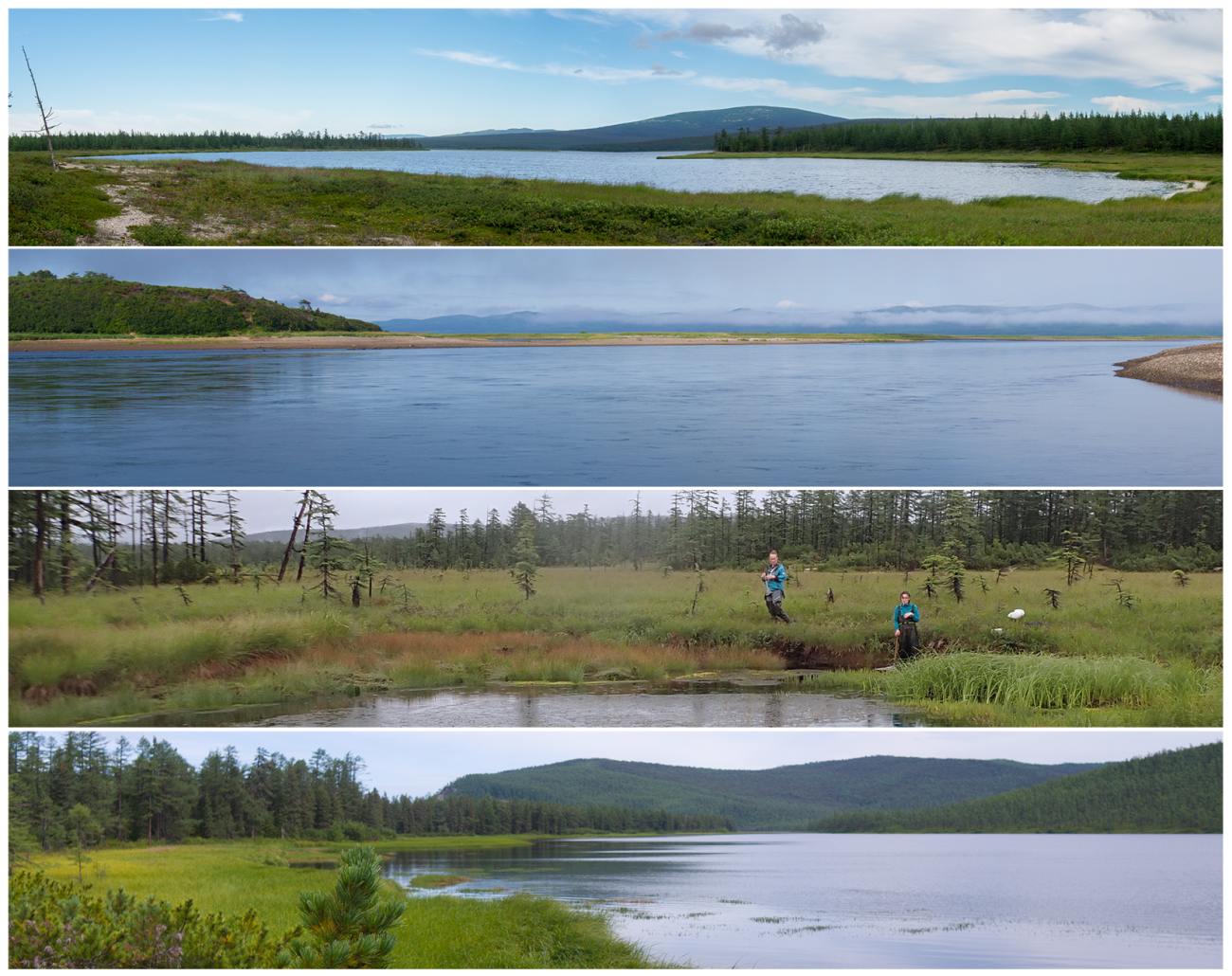
After the cessation of research in the first half of the 20th century and the closure of whaling, the Shantar Islands, located in the north of the Khabarovsk Territory, fell out of the orbit of the practical interests of society. Lately, the archipelago has received a lot of attention from tourists eager to admire the rocky shores, fog and whales. This trend was broken by scientists from the A.N. Severtsov Institute of Ecology and Evolution RAS. Together with colleagues from the All-Russian Research Institute of Fisheries and Oceanography and Moscow State University they studied the fauna of invertebrate organisms in lakes, streams and rivers of the Shantar Islands. The work performed is the first attempt to study the hydrobionts of the archipelago, including the analysis of both zooplankton living in the water column and benthos inhabiting the bottom. More than 150 species of freshwater and brackish-water invertebrates were discovered for the first time in the reservoirs of the Shantar Islands. The fauna is represented mainly by species with wide ranges, with a small proportion of species confined to the Arctic zone of Eurasia, Eastern Siberia and the Far East. When comparing the fauna of the Shantar Islands with other regions of the Far East, a smooth increase in species richness was discovered from the northern to the southern regions. At the same time, the proportion of species with a wide distribution gradually decreases in the same direction. These trends persist for all major groups of aquatic invertebrates.
On the Shantar Islands, at the edge of land and sea, there is a continuous competition between fresh and salt waters. Rains and fogs flowing from the slopes of the ridges are gradually trying to reclaim the bays from the sea, turning them into brackish lagoons. In turn, the Sea of Okhotsk hits the shore with waves, penetrating into river mouths. Lake Bolshoye, located on the island of Bolshoi Shantar, experiences constant fluctuations in salinity, associated both with daily tidal cycles and with river and rain runoff. Due to its considerable extent, the lake maintains a salinity gradient. In this regard, the abundance of zooplankton in it changes abruptly, reaching a maximum in the zone of mixing of river and brackish waters, located in the middle part of the lake. In the same part of the lake, there is a sharp change in macrozoobenthos communities, when insect larvae, which predominate in the desalinated part of the water area, are replaced by crustaceans - amphipods.
The research is a significant contribution to the study of the fauna of protected areas of the Russian Far East. Such work is necessary for the development of monitoring programs, as well as the development of environmental education within the framework of tourist local history routes in the Khabarovsk Territory.
The research was carried out with the support of the Association of Nature Reserves and National Parks of the Khabarovsk Territory "Zapovednoe Priamurye" and LLC "Far Eastern Expeditions".
Novichkova A.A., Borisov R.R., Vorobjeva L.V, Palatov D.M., Chertoprud M.V., Chertoprud E.S. The Influence of Salinity Gradient and Island Isolation on Fauna Composition and Structure of Aquatic Invertebrate Communities of the Shantar Islands (Khabarovsk Krai) // Diversity. 2023. 15. 1198. https://doi.org/10.3390/d15121198
